A lush green lawn surely enhances a home’s appearance and overall value. However, taking care of the lawn can be overwhelming and tedious for new homeowners. With countless pieces of advice available on the web, it’s easy to feel unsure about the best approach.
Many homeowners unknowingly make mistakes that can hinder their outdoor oasis. Let’s explore some common pitfalls you may face in this new journey.
Wrong Grass Selection
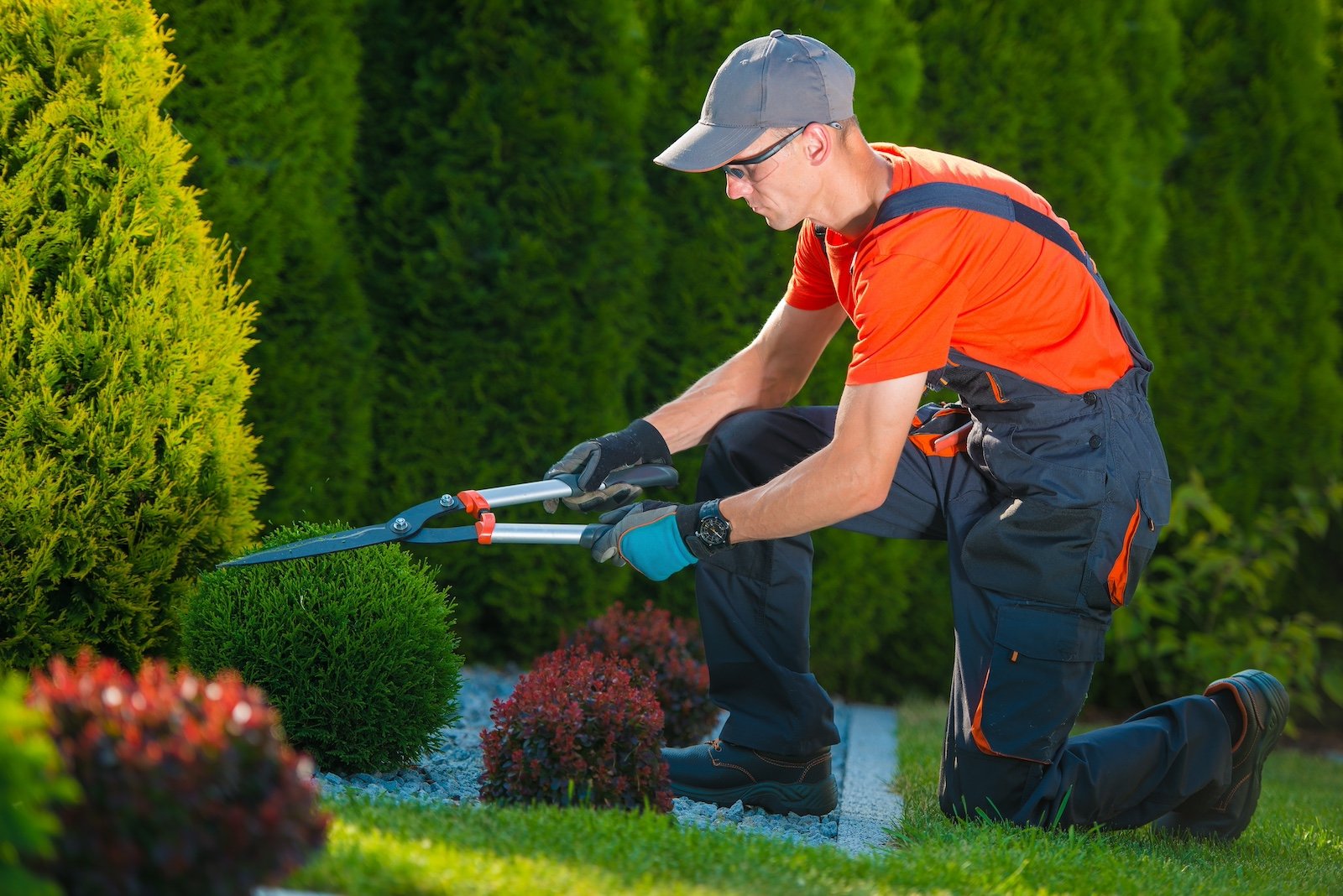
Selecting the wrong grass type can lead to a lawn that struggles to thrive. When choosing grass seed, consider your climate, soil type, and sunlight conditions. The suitability of a grass type depends on factors such as its ability to withstand shade, its resilience to foot traffic, and the desired level of lawn maintenance.
Cool-season grasses like bluegrass and ryegrass thrive in temperatures between 70°F and 85°F, while warm-season grasses like bermudagrass and seashore paspalum prefer 80°F to 95°F. Both types are more susceptible to diseases when unfavorable temperatures slow their growth.
Watering Your Lawn
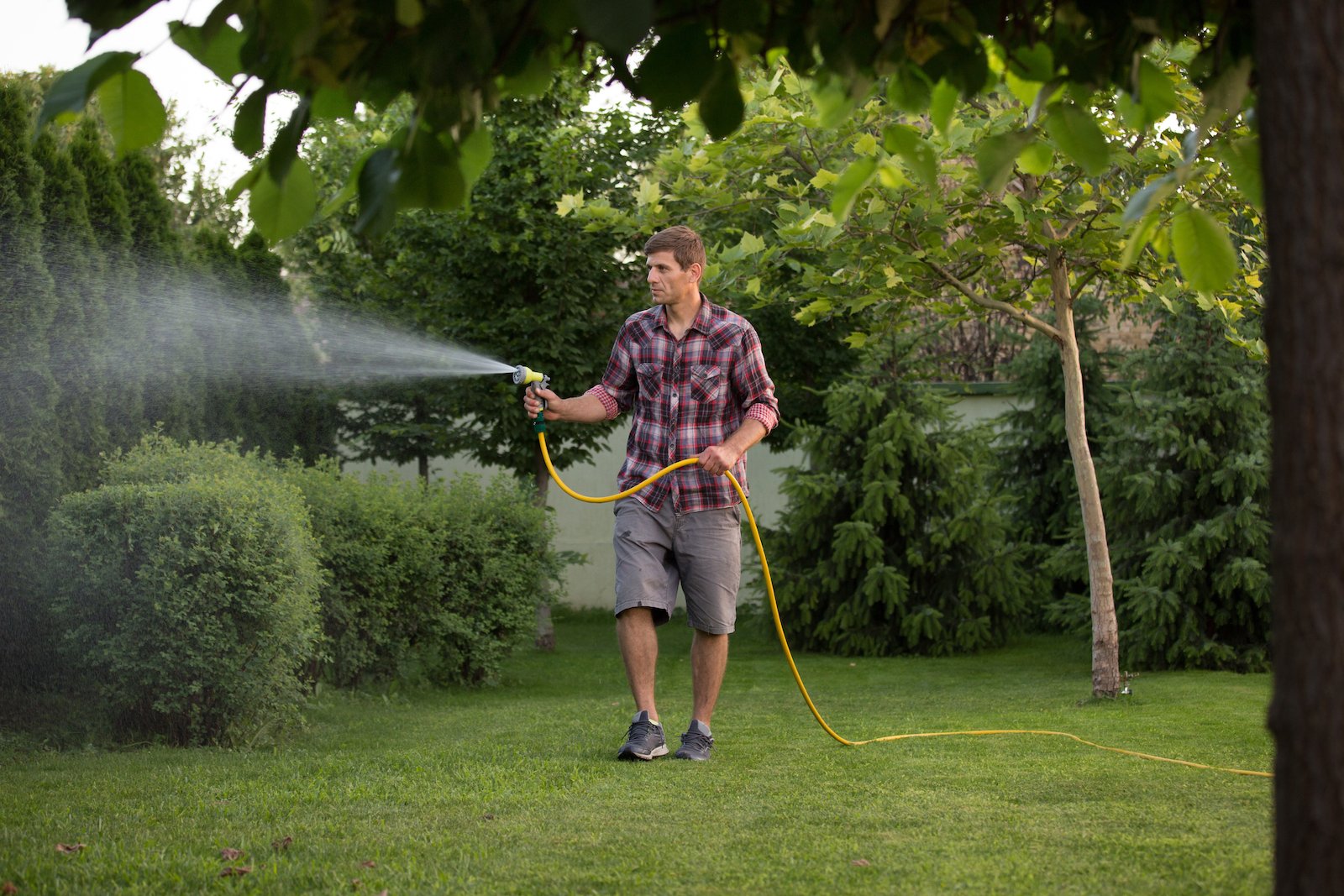
Achieving the correct balance between too much and too little watering is essential for maintaining a lawn. Excessive watering suffocates grassroots, leading to diseases and weak growth. Conversely, insufficient water stresses the grass, causing yellowing and susceptibility to pests.
To foster a strong rooting system:
- Aim to provide your lawn with 1.5 to 2 inches (3 to 4 cm) of water each week, adjusting for your grass type and local rainfall.
- For each watering session, make sure the water reaches a depth of 3 to 4 inches (7 to 10 cm) into the soil.
- Carefully track soil moisture levels and modify your watering schedule as necessary, especially during hot and dry weather.
Mowing Too Short
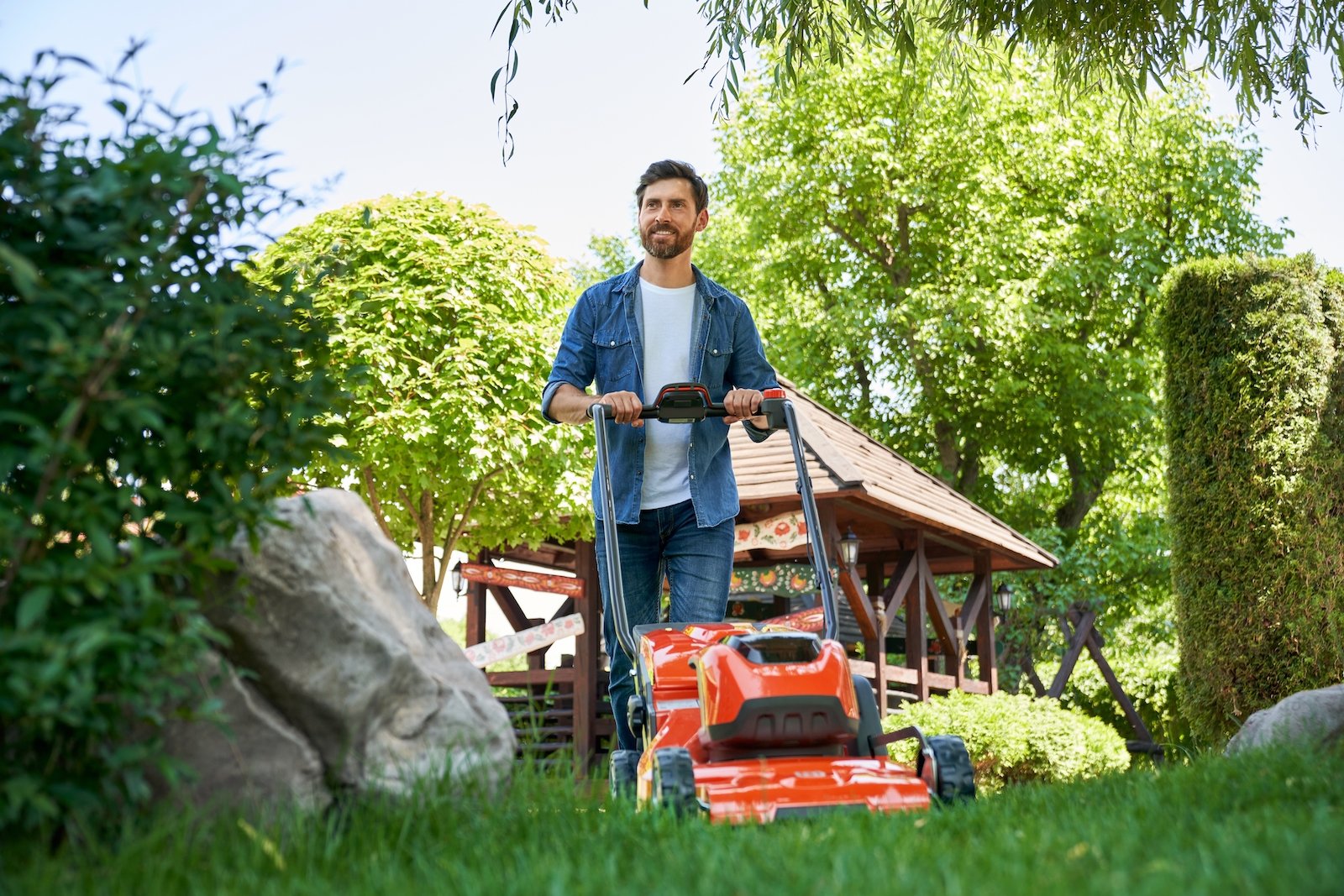
Cutting your grass too short weakens the blades and exposes the crown, making it vulnerable to diseases, pests, and weeds. Maintaining a slightly longer grass height promotes a healthier root system and helps to shade out weeds.
Cool-season grasses thrive at 3 to 4 inches (7.5 to 10 cm). Warm-season varieties typically thrive at a shorter height, between 2 and 2.5 inches (5 to 6.5 cm). Excessively short mowing damages the grass, hindering its ability to absorb sunlight, nutrients, and water effectively.
Overdoing Lawn Ornaments
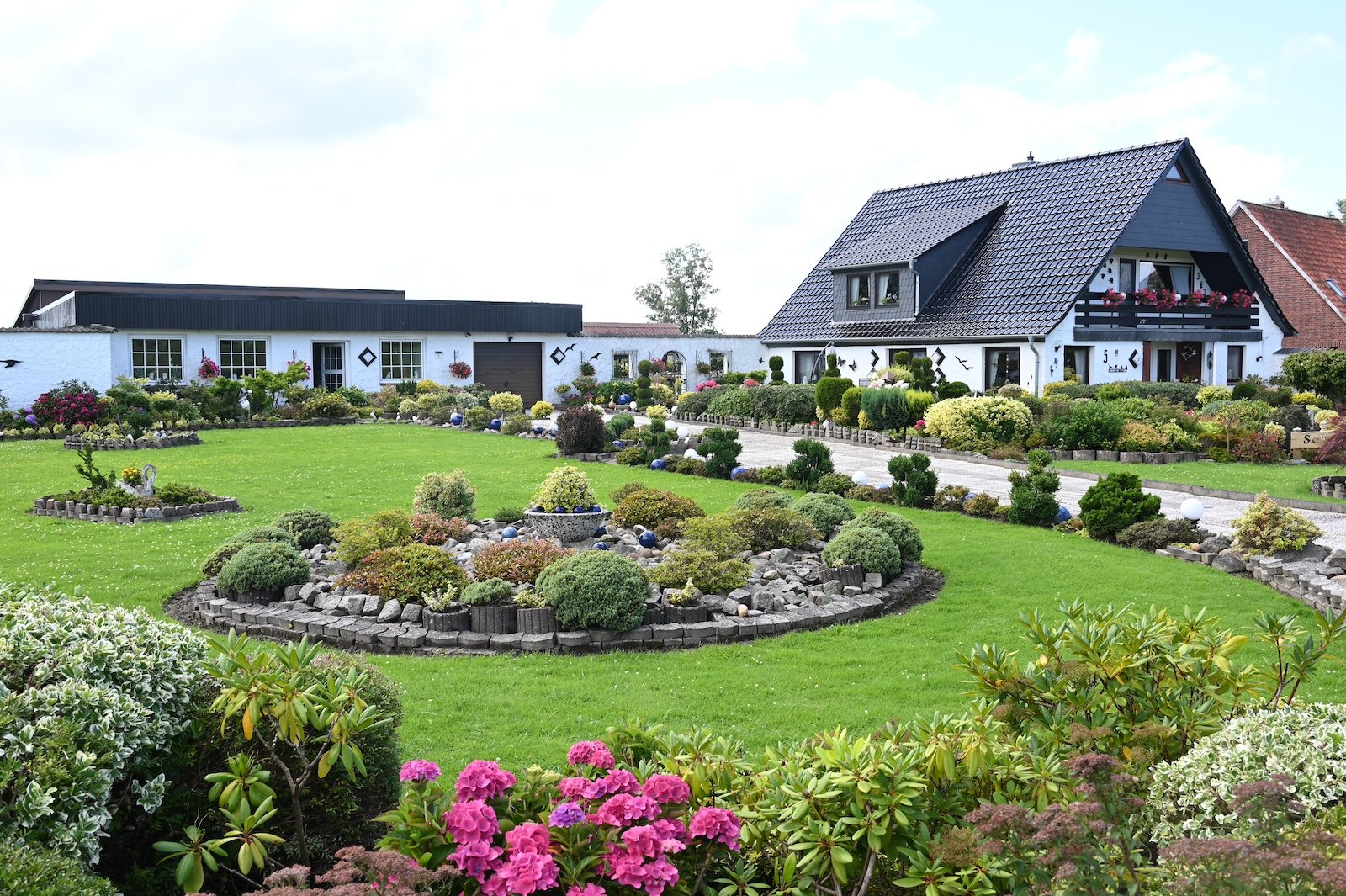
Overcrowding your lawn with ornaments can detract from the natural beauty of your outdoor space. For a tasteful and balanced look, consider limiting your lawn decorations to one or two carefully chosen pieces, such as bird baths or solar-powered garden lights.
Failing To Do A Soil Test

Healthy soil is imperative for a healthy, lush green lawn. Conducting a soil test will reveal nutrient deficiencies and imbalances. Addressing these issues through fertilization or soil amendments will improve grass growth and overall lawn health. Dark in color and crumbly in texture signifies healthy soil. Good soil structure also enhances drainage and root development. A soil test is an essential test for achieving a lush lawn.
Misapplication Fertilization

Over-fertilizing and under-fertilizing leads to unhealthy lawn growth. Following fertilizer instructions carefully is essential, and a slow-release formula should be considered for consistent nutrient delivery. Excessive fertilization accelerates grass growth, necessitating more frequent mowing and watering. Conversely, nitrogen deficiency in the soil weakens the grass, making it susceptible to diseases like dollar spots, rust, and red thread. Frequent soil testing helps to keep fertilization on your new lawn needs to prevent nutrient imbalances.
Neglecting Lawn Diseases

Detection and treatment of lawn diseases are crucial to prevent their spread. Regularly inspect your lawn for signs of problems, such as snow mold, brown patches, or fairy rings. Identifying the disease correctly is essential for effective treatment. Proper mowing, watering, and fertilization practices can help prevent many common lawn diseases.
Failing to Aerate
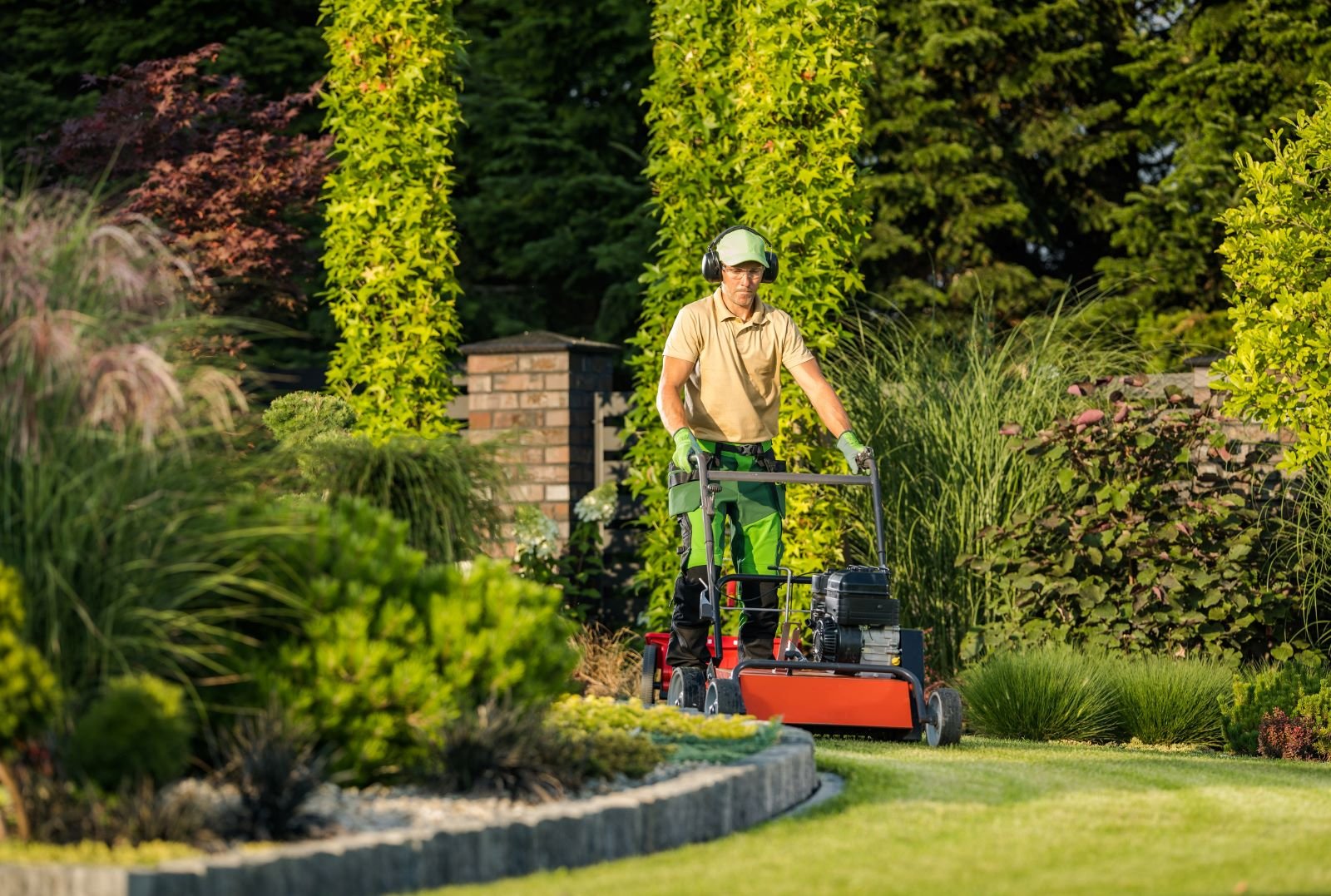
Dense, compacted soil restricts root growth and limits the grass’s ability to absorb essential water and nutrients. Aeration perforates the soil with small holes to facilitate the movement of air, water, and nutrients to the roots. This practice improves drainage and reduces soil compaction. Aerating your lawn regularly, especially in high-traffic areas, retains the hydraulic properties of the soil and promotes a healthier and thicker lawn.
Poor Maintenance

Prolonged garden neglect can lead to several issues. Overgrown plants create an unkempt appearance, while unchecked weeds suffocate desired flora. Selecting the right kind of herbicide for specific weed types is essential. Ultimately, failing to maintain your garden undermines the time and resources invested, impacting its overall aesthetic and longevity.
Walking on a Wet Lawn

Avoid walking on your lawn when wet to prevent damaging the grass blades and compacting the soil. Foot traffic on grass leads to moisture loss, decreased bounce, and a flattened appearance. Allowing your lawn to dry before walking on it helps maintain its health and appearance.
Ignoring Plant Locations
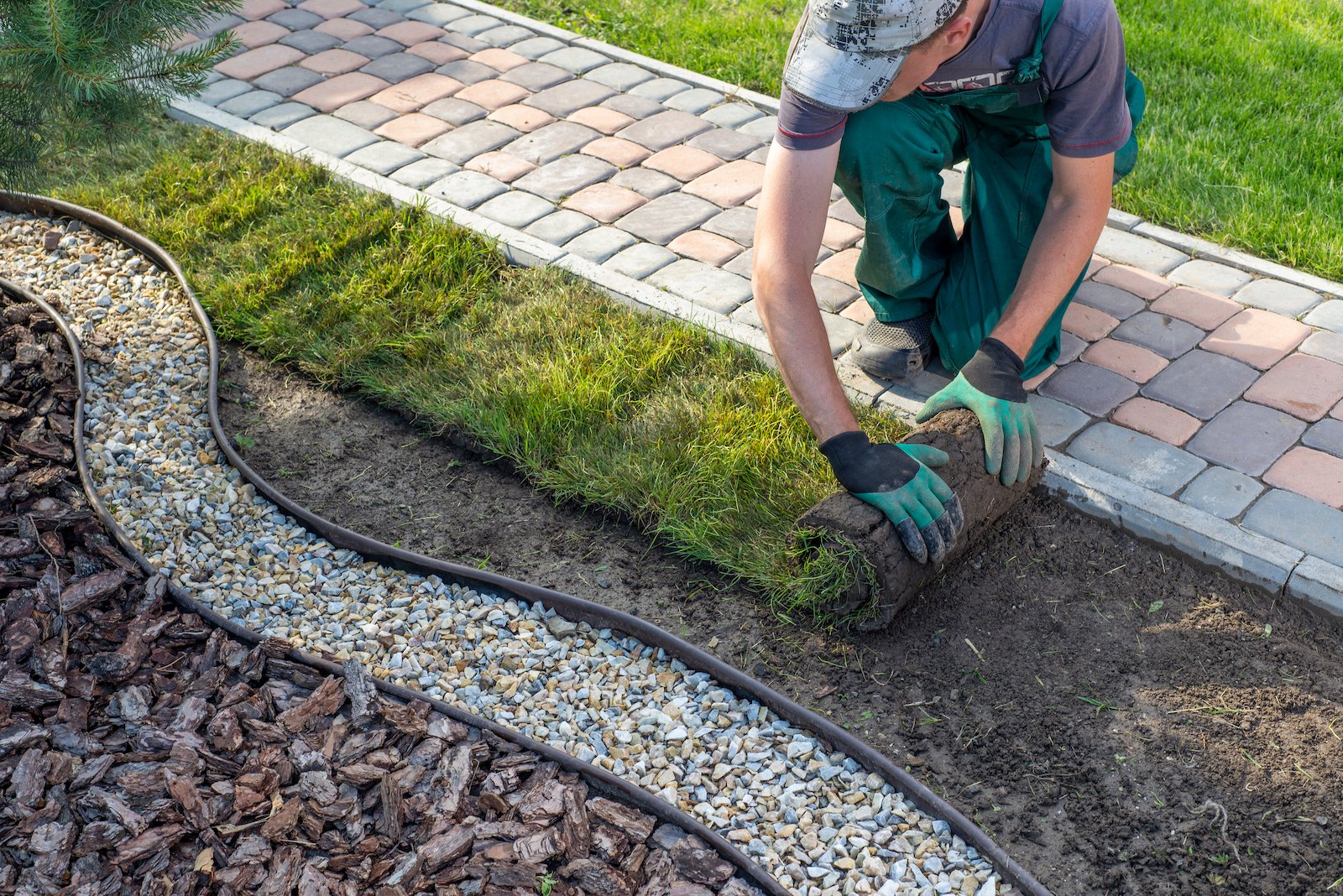
Successful gardening hinges on understanding and meeting each plant’s specific requirements. Before planting, carefully consider factors such as sunlight exposure, soil type, and water needs. Utilize plant tags or conduct thorough research to determine the ideal growing condition for each plant. Place the plants according to their preferred environment. This can enhance their chances of flourishing properly.
Overseeding at the Wrong Time
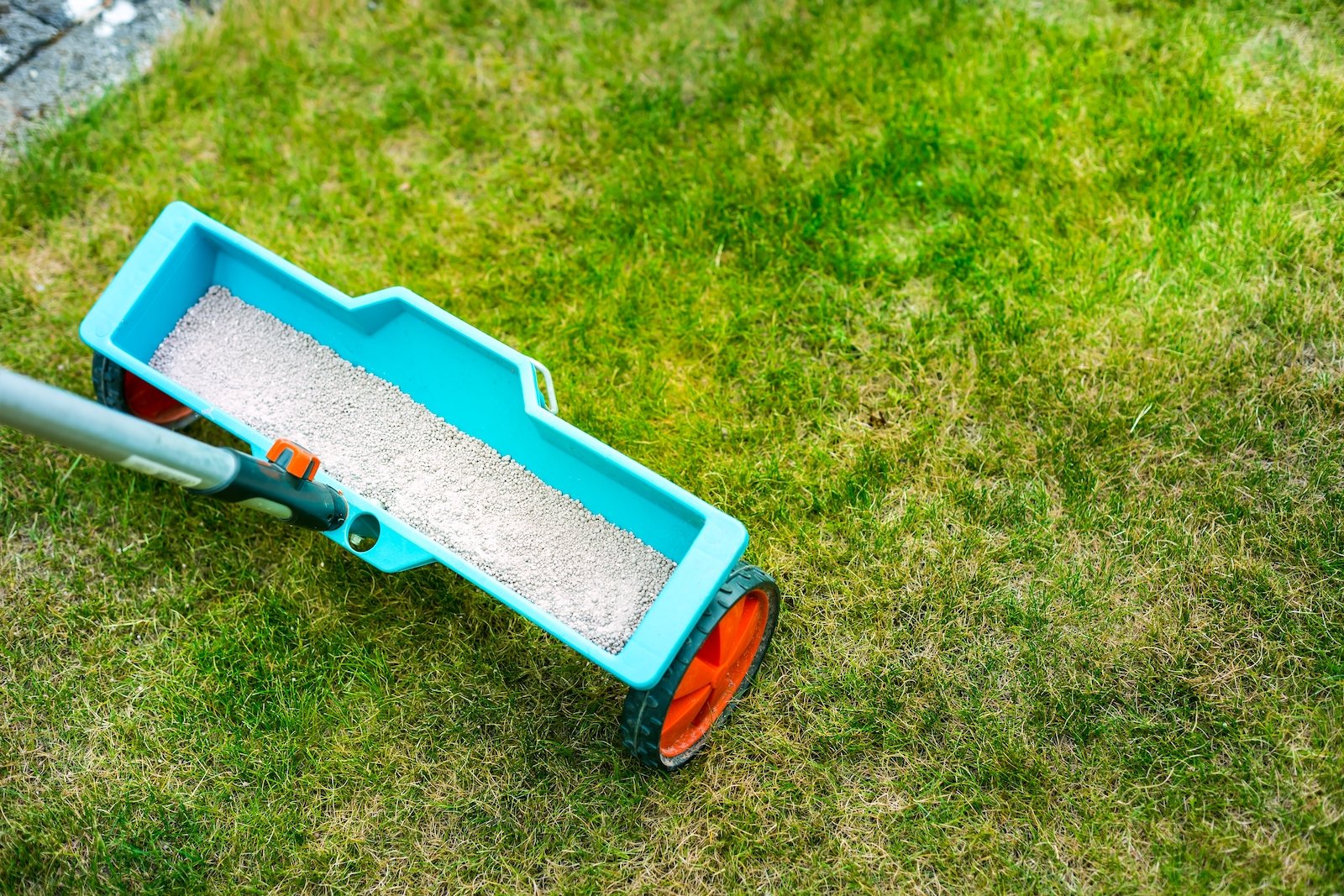
A lush green lawn can be the highlight of your property. You can overseed your new lawn by planting grass seeds on an existing lawn to thicken and green up. The best time to overseed your lawn depends on your climate. Overseeding too early or too late can reduce germination rates and success. Research the optimal seeding times for your region to maximize results. Proper soil preparation and aftercare are also crucial for successful overseeding.
Failing to Budget

Maintaining a lawn can become expensive. To prevent unexpected costs, create a monthly budget outlining expenses for plants, soil, tools, fertilizers, and other necessities. Having a budget will help you enjoy your garden without breaking the bank.
Failing to Seek Professional Advice

Take professional help if you struggle with laying the foundation for this new journey. A lawn care expert can help you understand the fundamentals of maintaining a healthy lawn, diagnose issues, recommend solutions, and provide guidance on proper maintenance practices. Consulting with a professional can save you time, money, and frustration in the long run.


